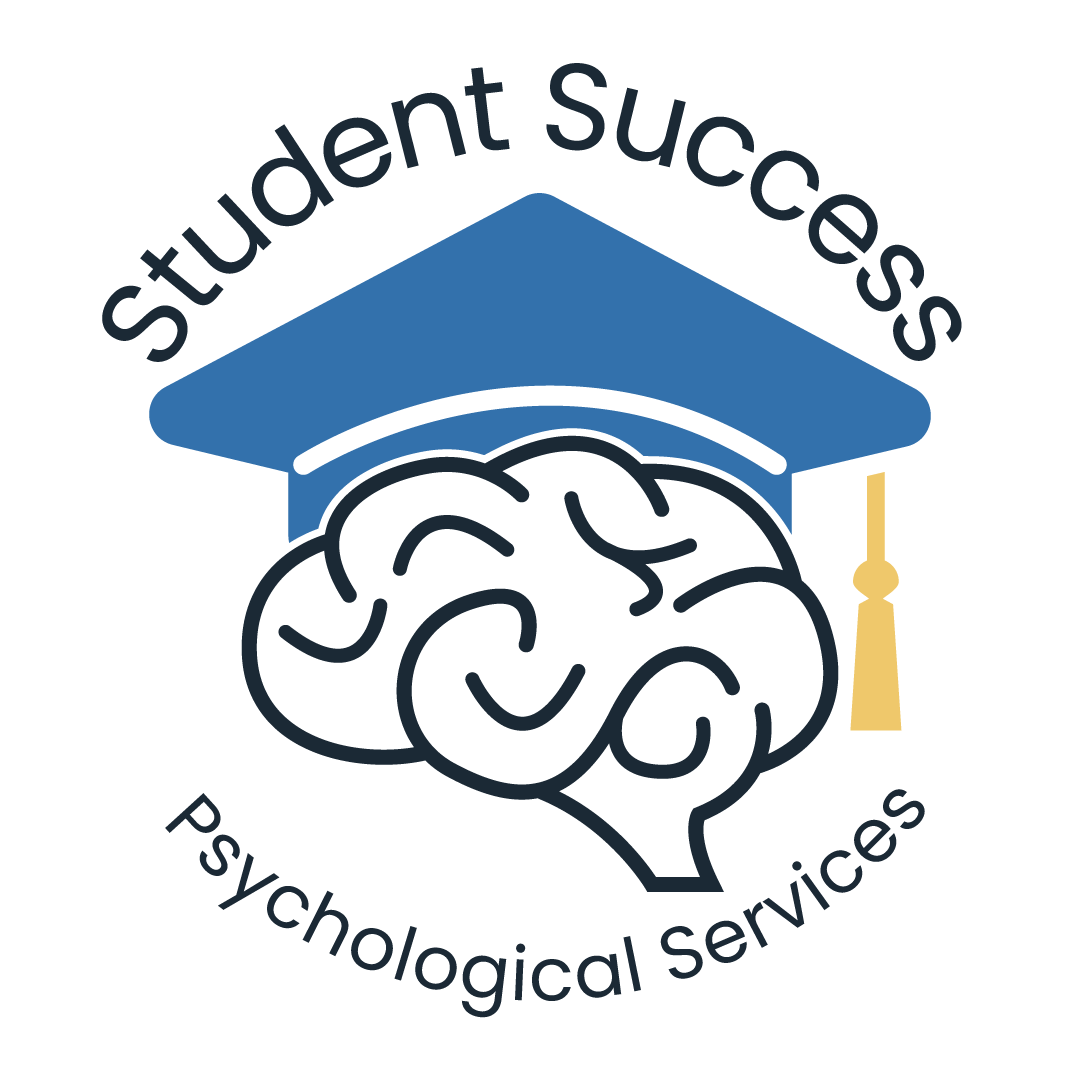How to Help High School Students Gain Mental Health Literacy
According to a study published in the Journal of Adolescent Health, less than 2% of adolescents are able to recognize social anxiety symptoms as a mental health concern (Coles et al., 2016). The authors of the journal article had 1,104 high school students from a New York public high school complete questionnaires related to the recognition of mental health symptoms and recommendations for seeking help. While recognition of social anxiety symptoms was low, over half of high school students in the study recommended seeking help for mental health symptoms, particularly from family, friends, and counselors. This study highlights the need for increased mental health literacy among adolescents in order to improve mental health outcomes.
What is mental health literacy?
Mental health literacy is defined as “knowledge and beliefs about mental disorders which aid their recognition, management, or prevention” (Jorm, 2000). Currently, many young people lack knowledge regarding common mental health problems, like social anxiety, and they often don’t seek help.
Why is mental health literacy important?
When high school students recognize symptoms of mental health problems and know how to get help, they are more likely to do so. Providing mental health literacy interventions in the secondary school setting is important for increasing widespread knowledge about common mental health concerns and available resources. In addition, promoting mental health literacy in high schools can help reduce the stigma associated with mental health concerns.
Strategies to Help High School Students Gain Mental Health Literacy
Encourage participation in school and community-based mental health trainings, group activities, and education classes: These learning opportunities can help normalize common mental health concerns and promote social connections. If mental health literacy interventions are not being offered in your school or community, encourage leaders in your school and community to provide them.
Provide factual Information about mental health concerns and treatment options: This information should be gathered from mental health experts (e.g., school psychologist), professional organizations (e.g., American Psychological Association), and research-based internet sources (e.g., National Institute of Mental Health website).
Suggest support from a psychologist: Mental health professionals are available to help high school students experiencing symptoms, like anxiety. Pay attention to possible mental health symptoms and discuss seeking professional support as an option. Student Success Psychological Services offers online counseling that can help. Click here to learn more.
Find the link to the full research article here: https://doi.org/10.1016/j.jadohealth.2015.09.017
Coles, M. E., Ravid, A., Gibb, B., George-Denn, D., Bronstein, L. R., & McLeod, S. (2016). Adolescent mental health literacy: Young people's knowledge of depression and social anxiety disorder. Journal of Adolescent Health, 58(1), 57-62.
Jorm, A. F. (2000). Mental health literacy: Public knowledge and beliefs about mental disorders. The British Journal of Psychiatry, 177(5), 396-401.

